Complete Care Guide for Neon Tetra: Creating a Vibrant Aquarium
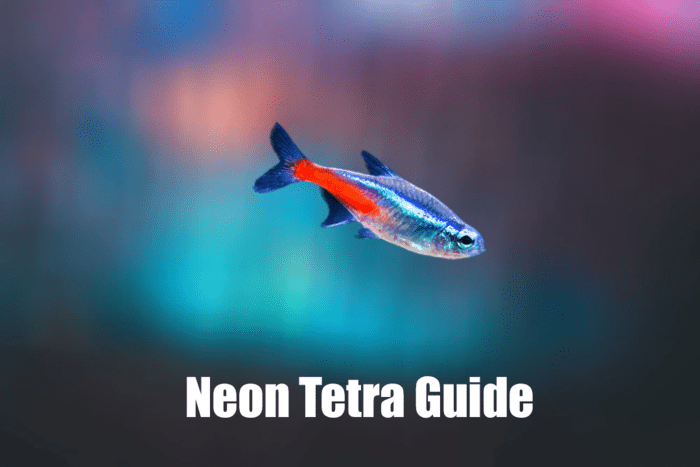
Intro To Neon Tetra
Planning to introduce Neon Tetra to your aquarium or seeking advice to better care for them? This detailed guide is crafted for enthusiasts like you. Neon Tetras known scientifically as Paracheirodon innesi, with their dazzling blue and red colors are among the most popular freshwater fish in home aquariums. This guide will focus on the blue and red version but we also have Green Neon Tetra or Black Neon Tetra Guides as well. This guide provides all the essentials for keeping your Tetra healthy and happy.
Table of Contents
Understanding Neon Tetra
Origin and Characteristics
Neon Tetra originate from the clear water streams of South America specifically in the Amazon Basin in Brazil, Peru, and Colombia. These small, vibrant fish, typically reaching up to 1.5 inches in length, are known for their bright blue and red stripes, making them stand out in any aquarium.
Behavior and Tank Mates
Neon Tetra are peaceful, schooling fish that do best in groups of six or more. Their gentle nature makes them perfect for community tanks, though they should be housed with other non-aggressive small fish to avoid stress. Some common and suitable tank mates for Neon Tetra:
- Other Small Tetras: Such as Cardinal Tetras or Black Neon Tetras, which have similar requirements and behaviors.
- Dwarf Corydoras: Peaceful bottom dwellers like Pygmy Corydoras are a good match.
- Small Rasboras: Harlequin Rasboras or other similar-sized species can coexist well.
- Guppies and Mollies: These are also peaceful and add color to the tank.
- Small Loaches: Like Kuhli Loaches, which are peaceful and occupy a different part of the tank.
- Avoid larger or aggressive fish that might see the Neons as prey or stress them out.
Remember, while choosing tank mates, consider factors like water parameters, size, temperament, and dietary needs to ensure a harmonious aquarium. Also, always introduce new fish gradually and monitor their interactions to ensure a peaceful environment. 🐠
Setting Up the Perfect Tank
Tank Size and Conditions
A 10-gallon tank or larger is recommended for a small school of Neon Tetra but they will benefit from some more swimming room. Neon Tetra thrive in specific water conditions that mimic their natural habitat. Maintaining ideal water parameters is the key to ensuring their health and well-being in a home aquarium. Here’s a breakdown of their ideal water conditions:
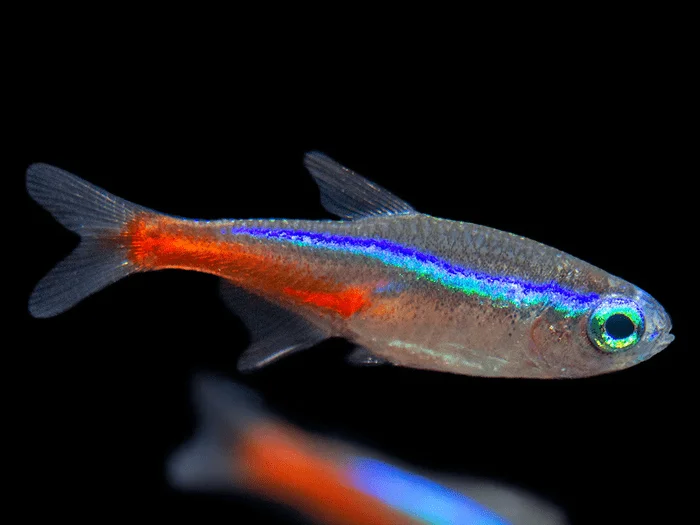
- Temperature: 72-76°F (22-24°C). This range is optimal for their health and well-being.
- pH Level: 5.0 to 7.0. Neon Tetras prefer slightly acidic water.
- Water Hardness: Up to 10 dGH. They do best in soft water.
- Water Quality: Like most fish, Neon Tetra require clean and well-oxygenated water. Therefore, regular water changes (about 25% per week) are recommended to maintain good water quality. It’s crucial to remove any chlorine or chloramine from tap water before adding it to the tank.
- Nitrate Levels: Keeping nitrate levels low is important, as high levels can be harmful. Aim to keep nitrates below 20 ppm.
- Ammonia and Nitrite Levels: Both ammonia and nitrite should always be at 0 ppm. Even small amounts of these can be toxic to fish.
It’s important to use a reliable aquarium test kit to regularly monitor these water parameters. Sudden changes in water conditions can stress or harm your fish, so any adjustments should be made gradually. Finally, maintaining stable water conditions is key to the health and longevity of your Neon Tetra. 🌊
Lighting and Decor
- Moderate Lighting: Neon Tetras prefer moderate lighting to mimic their natural habitat under the canopy of the Amazon rainforest.
- Natural Day/Night Cycle: Simulate a natural light cycle with about 10-12 hours of light per day.
- Plants: Dense planting with species like Java Fern, Anubias, or floating plants to provide shade and hiding spots.
- Substrate: Soft, dark-colored substrate to mimic their natural environment and highlight their colors.
- Hiding Places: Driftwood and caves for shelter.
- Open Swimming Space: Ensure ample space for swimming.
Diet and Nutrition
Feeding Habits
Neon Tetra are omnivorous and can be fed the same diet as regular tetras. Therefore, High-quality flake foods, micro pellets, along with occasional treats of live or frozen brine shrimp and bloodworms, will keep them healthy.
Feeding Schedule
Feed your neon tetras small quantities of food once or twice daily, ensuring that you do not overfeed to prevent water quality issues. Opt for high-quality flakes, pellets designed for small fish, or live foods like brine shrimp and daphnia to meet their nutritional needs. Observing their feeding behavior can help you adjust the portions to ensure all fish get their share without leaving excess food to decompose in the tank.
Health and Wellness
Breeding Tips
Breeding Neon Tetras presents its own set of challenges, necessitating specific conditions and careful handling. Here are essential guidelines to enhance your success rate:
Setting Up a Breeding Environment: Create a dedicated breeding tank, ideally 10-20 gallons, with soft, acidic water (pH around 6.0-6.5) and a temperature a bit warmer than their usual setting, around 75-76°F (24-25°C). Incorporate live plants and dim lighting to replicate their natural spawning environment.
Conditioning the Breeders: Feed the prospective breeding pair with premium foods such as live or frozen bloodworms, brine shrimp, or daphnia to boost their health and breeding readiness.
Selecting Breeding Pair: Choose vibrant, mature Neon Tetras, typically those about a year old. Males are slimmer and brighter, while females are rounder.
Understanding Spawning Behavior: Neon Tetras scatter their eggs and exhibit no parental care. Males may perform a dance around the females to encourage spawning.
Egg Care: Post-spawning, immediately remove the adults to prevent egg predation. Neon Tetra eggs are minuscule, hatching within 22 to 24 hours.
Fry Care: Feed the newborns infusoria or specially formulated liquid fry food until they can manage baby brine shrimp or micro worms.
Fry Tank Maintenance: Keep the fry’s water pristine and stable, with frequent, small water changes and soft filtration to avoid overwhelming them with strong currents.
Breeding Neon Tetras requires a blend of precision and patience, particularly in water quality management and fry nutrition. While breeding them can be intricate, and success may vary, the effort can be highly rewarding for dedicated aquarists.
Common Health Concerns
Neon Tetras, while generally resilient, are prone to common aquatic ailments such as ich (white spot disease) and fungal infections. These issues can be especially concerning for Neon Tetras due to their vibrant coloring and active nature. To safeguard their health, it’s vital to uphold excellent tank conditions. This involves regular water changes, monitoring and maintaining consistent water parameters (pH, temperature, and hardness), and ensuring a nutritious diet to boost their immune system.
Moreover, replicating their native Amazonian water conditions in the aquarium is crucial for their well-being. Keep an eye out for any signs of distress or sickness, and address any health concerns promptly. Early detection and treatment are crucial for managing these typical health challenges. Establishing a clean, stable environment and catering to the specific needs of Neon Tetras are key to enjoying their lively presence in your tank. Gaining knowledge on proficient aquarium care is instrumental in preserving the health and vitality of your Neon Tetras.
Life Expectancy
With diligent care and attention to their environment, Neon Tetras can enjoy a lifespan of up to 5 years, thriving in well-maintained aquariums. It’s essential to consistently monitor water conditions, including temperature, pH levels, and cleanliness, as these factors are pivotal to their health and longevity, ensuring a vibrant and active life for these captivating fish.
Conclusion
In conclusion, Bucktooth Tetra add a vivid and dynamic presence to any freshwater aquarium. By adhering to the recommendations in this detailed care guide, you can create a thriving habitat that meets the specific requirements of your Bucktooth Tetra. These fish, with their striking red coloration and energetic behavior, not only boost the aesthetic of your tank but also add an engaging aspect to your aquatic ecosystem.
The key to a healthy and vibrant aquarium is maintaining a stable and suitable environment. By providing your Bucktooth Tetras with appropriate water conditions, a nutritious diet, and consistent care, you’ll ensure that these distinctive fish continue to prosper, bringing energy and excitement to your aquarium with their lively demeanor and unique charm.
Frequently Asked Questions
Yes, neon tetras can breed in your tank if provided with the right conditions, such as soft, acidic water and a quiet breeding area.
A minimum of a 10-gallon tank is recommended for neon tetras to provide adequate swimming space and maintain stable water parameters.
Neon tetras are relatively easy to care for, making them suitable for beginners, as long as their basic needs for clean, stable water and proper diet are met.
Feed neon tetras small amounts 1-2 times a day, ensuring all food is consumed within a few minutes to prevent overfeeding and water quality issues.
Share Your Tetra Experiences
Do you have any stories or tips about your Tetra tank? Share them in the comments below!
Help Others Discover This Guide
Navigate the Tetra in your tank with confidence. This guide is your pathway to creating a vibrant and healthy aquatic showcase. Enjoy the dazzling colors and lively nature of these unique fish!

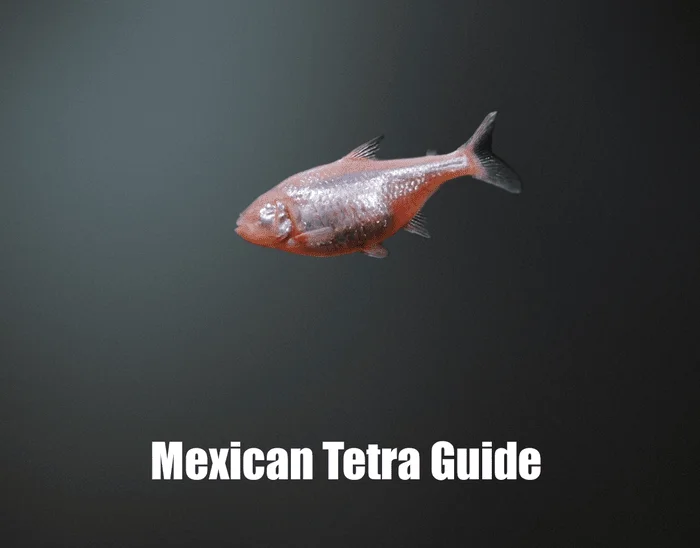
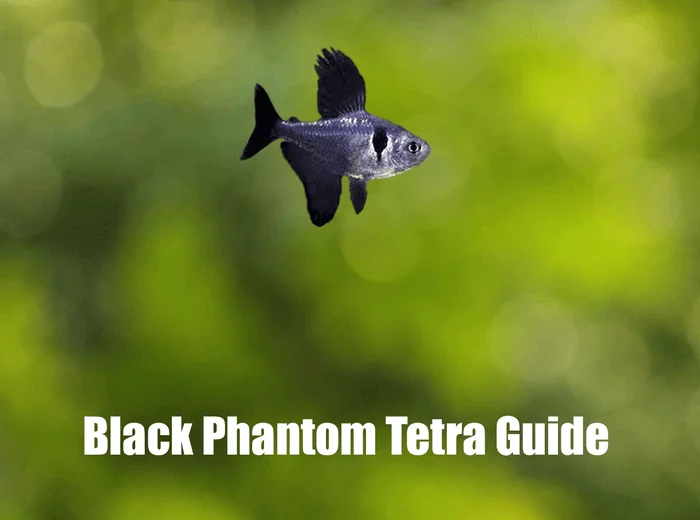
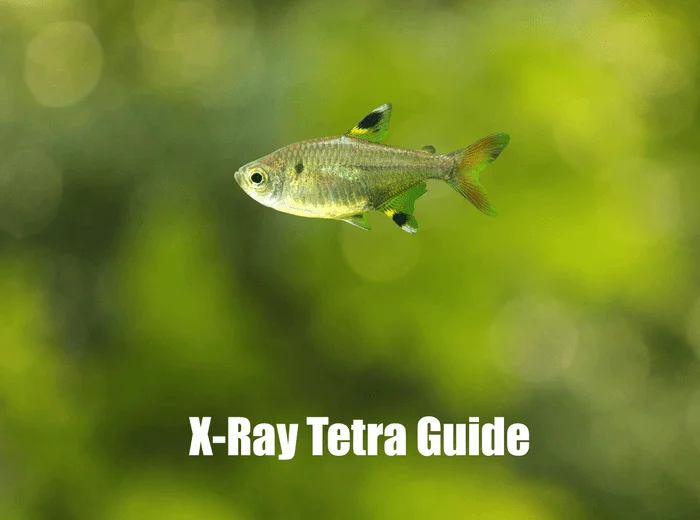
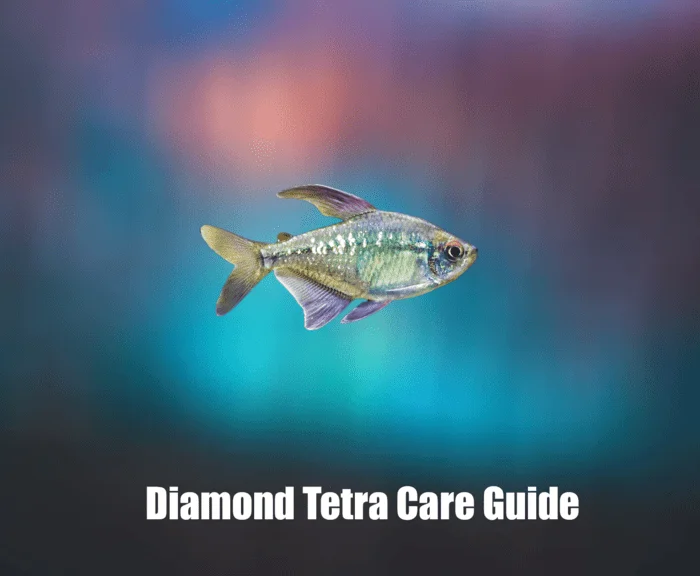
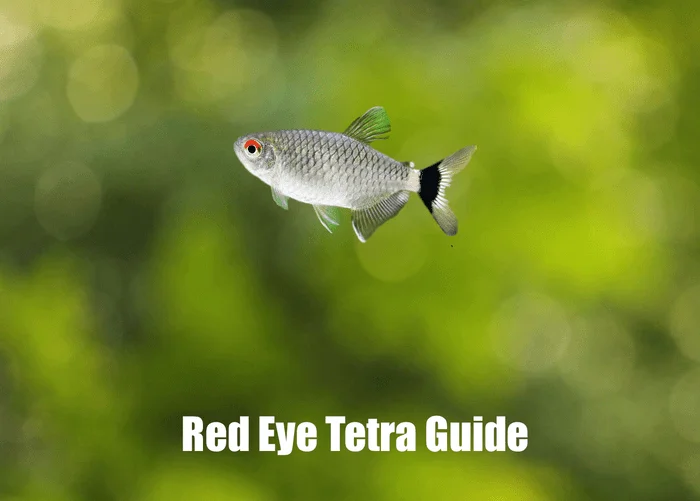
Pingback: The Ultimate Care Guide for Glowlight Tetra
Pingback: How to Manage Neon Tetra Disease
Pingback: The Ultimate Guide for Emperor Tetra
Pingback: Neon Tetra | Green Neon Tetra | Black Neon Tetra Explained
Pingback: The Ultimate Care Guide for Ember Tetra
Pingback: The Ultimate Care Guide for Lemon Tetra
Pingback: The Ultimate Care Guide for Mexican Tetra
Pingback: The Ultimate Care Guide for Black Phantom Tetra
Pingback: The Ultimate Care Guide for X-Ray Tetra
Pingback: The Ultimate Care Guide for Diamond Tetra
Pingback: The Ultimate Care Guide for Red Eye Tetra
Pingback: The Ultimate Care Guide for Bloodfin Tetra
Pingback: The Ultimate Guide for White Skirt Tetra
Pingback: The Ultimate Care Guide for Raccoon Tetra
Pingback: The Ultimate Care Guide for Panda Tetra
Pingback: The Ultimate Care Guide For The African Moon Tetra
Pingback: The Ultimate Guide For Amapa Tetra
Pingback: The Ultimate Care Guide For Colletti Tetra